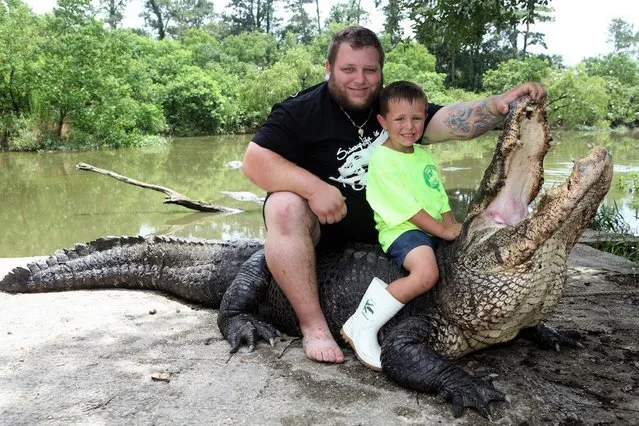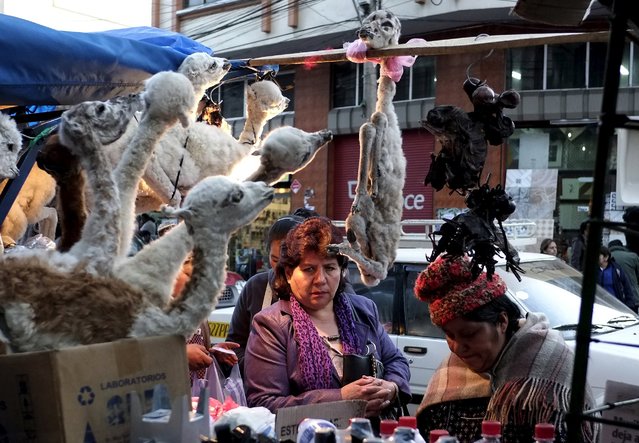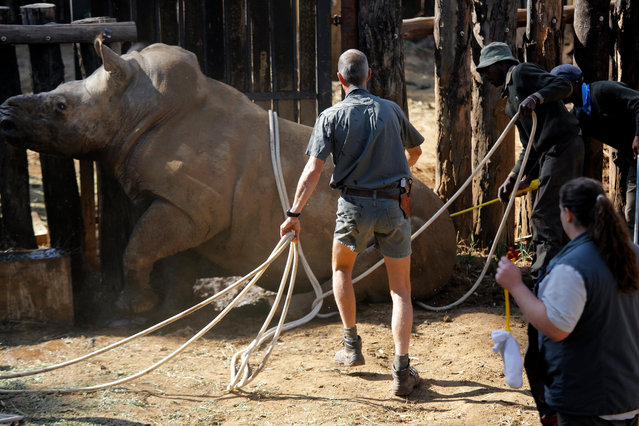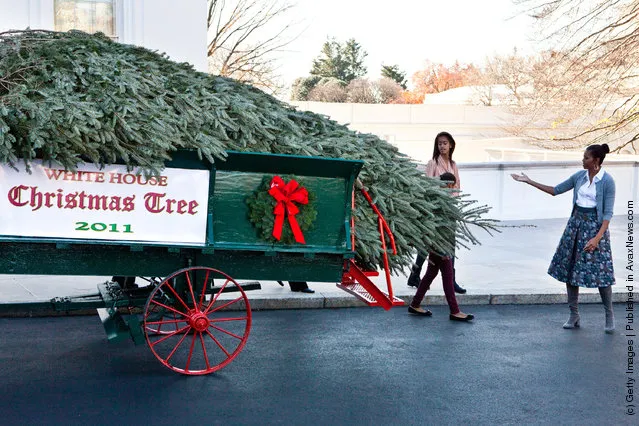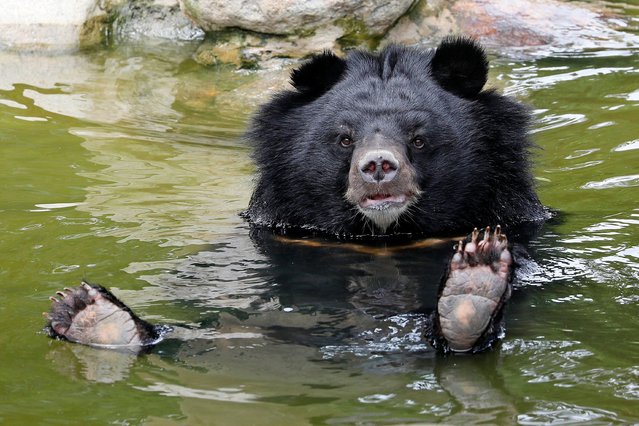
A competitor scrambles in the mud under barbed wire during the Tough Guy Challenge 2009 at South Perton Farm on February 1, 2009 in Wolverhampton, England. The biannual event to raise cash for charity challenges thousands of international competitors to run through a gruelling set of 21 obstacles including water, fire and tunnels after a lengthy run at the start. (Photo by Christopher Furlong/Getty Images)
18 Nov 2011 14:02:00,post received
0 comments


